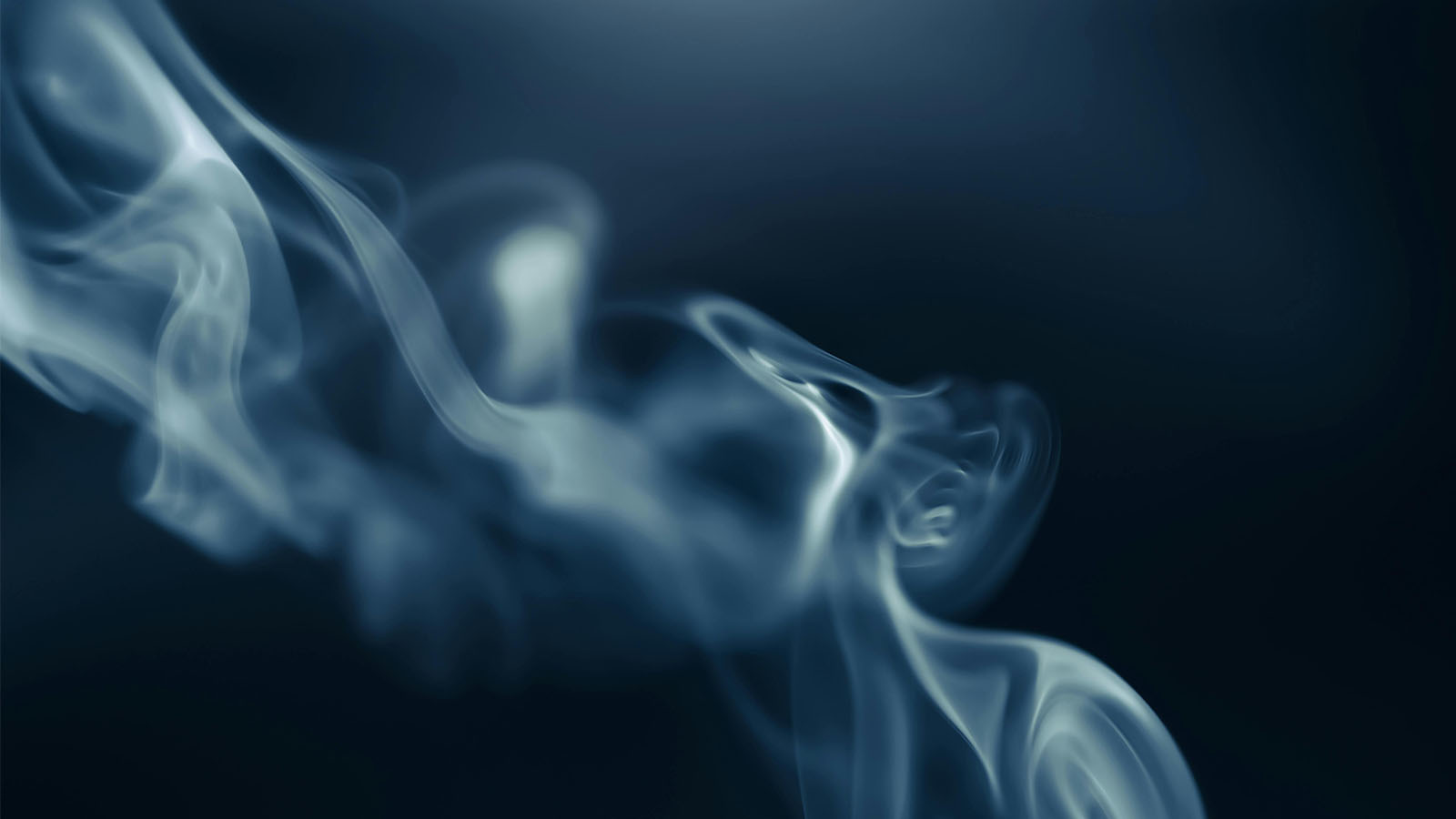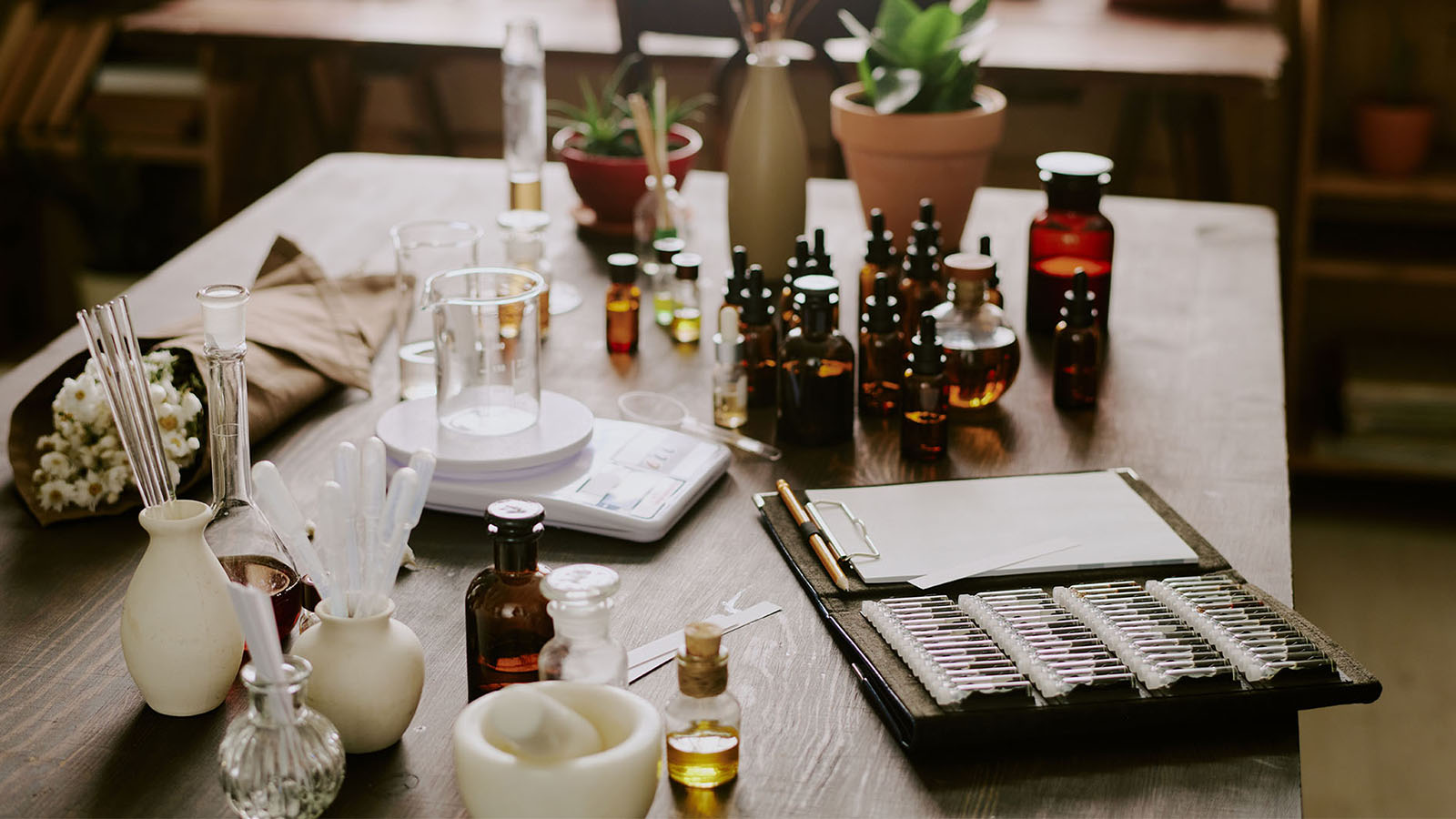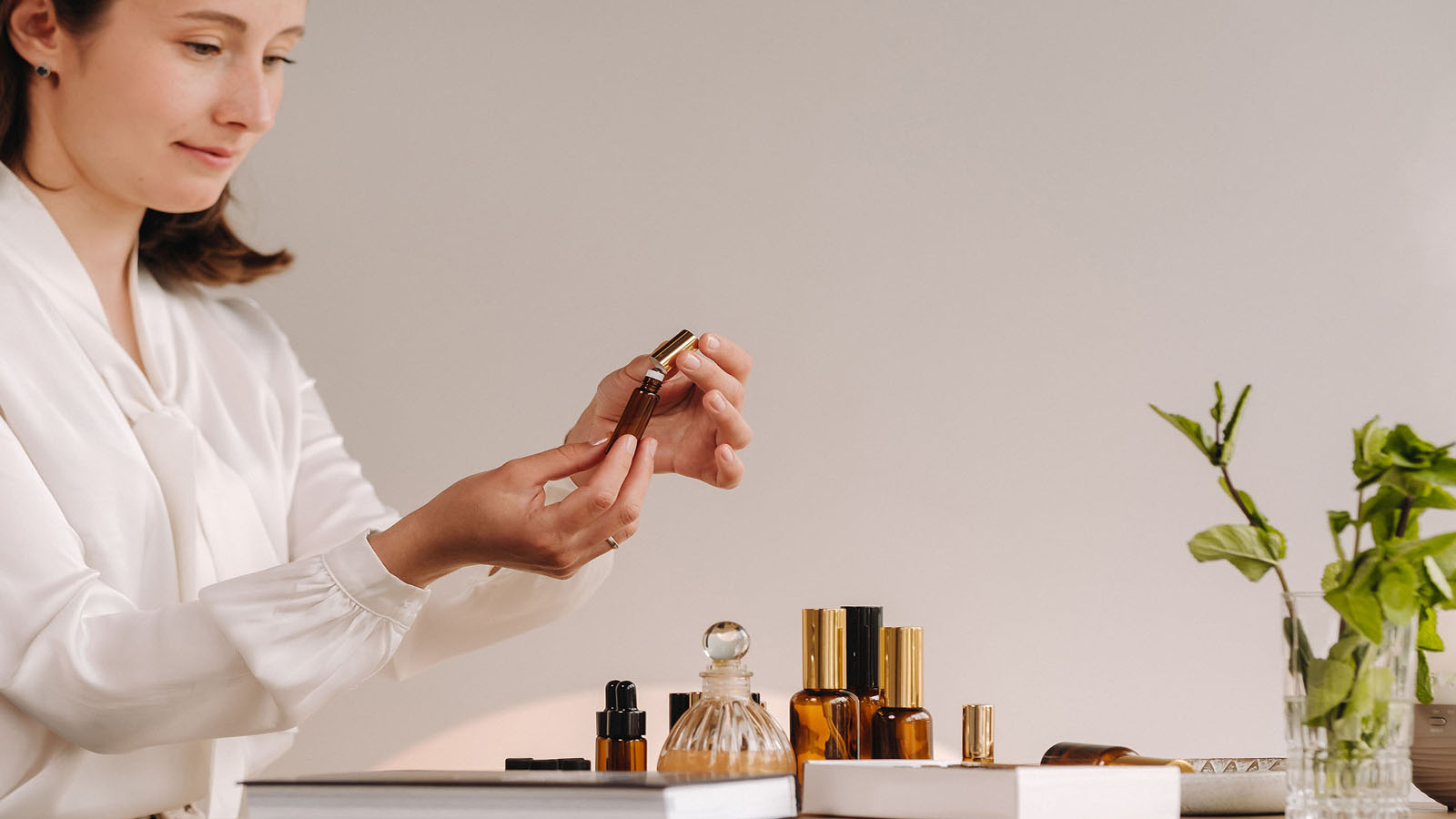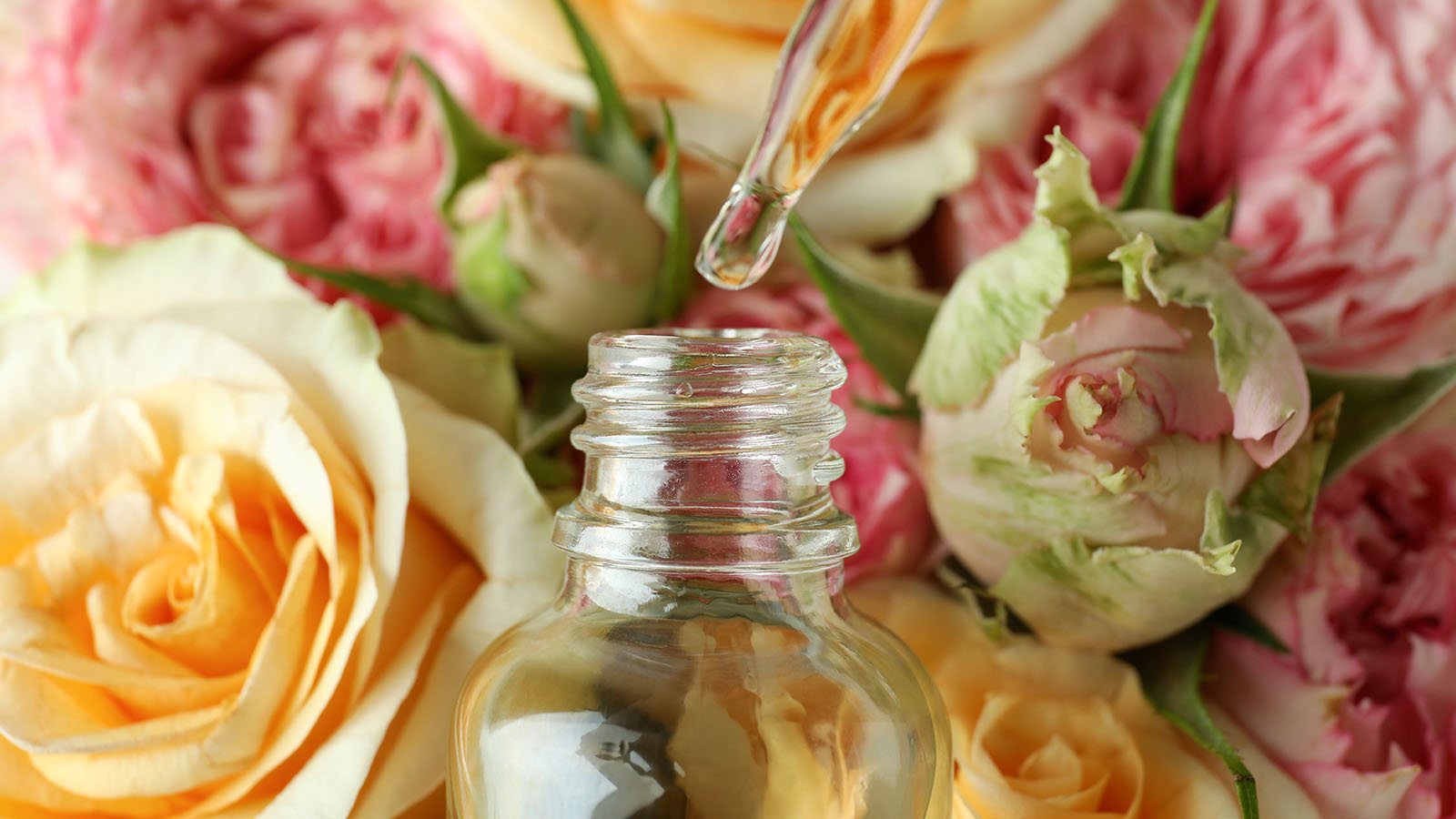Scents are caused by volatile organic compounds (VOCs), which are tiny, gaseous molecules released from substances like flowers, food, or perfumes. These molecules evaporate into the air, becoming airborne and eventually reaching our noses.
Only materials that release VOCs can produce a detectable scent. For example:
- Freshly brewed coffee: Releases VOCs like furfurylthiol, giving it a rich aroma.
- Roses: Emit compounds like geraniol and citronellol, creating their characteristic floral scent.
Temperature plays a vital role in this process. Warmer air increases volatility, helping scent molecules evaporate and spread more quickly.
How Scents Move Through the Air
Diffusion
Diffusion is the primary way scents spread. Molecules naturally move from areas of high concentration to areas of low concentration, dispersing evenly over time. For instance, lighting a scented candle or using a scent diffuser releases fragrance molecules that diffuse throughout a space.
Air Currents
Air movement, caused by fans, wind, or convection, accelerates the dispersion of scent molecules. This explains why a gentle breeze can carry the smell of flowers or barbecue smoke across a yard.
Humidity and Moisture
Humidity can enhance scent travel by providing a medium for molecules to attach to, making them more detectable. Dry air, on the other hand, may limit how far scent molecules can travel.
Obstacles and Surfaces
Scent molecules interact with surfaces like walls, furniture, and fabrics, which can absorb and later release the molecules. This interaction may subtly prolong a scent in an area.
How Scents Reach the Nose
Once scent molecules are airborne, they travel to the nose and interact with the olfactory system:
- Inhalation: Breathing draws air and scent molecules into the nasal cavity, where they dissolve in the mucus lining.
- Olfactory Receptors: Millions of receptors detect these dissolved molecules, each responding to specific molecular shapes.
- Signal Transmission: The receptors send signals to the brain's olfactory bulb, which processes and identifies the scent.
Factors Influencing Scent Travel
Several factors determine how effectively scents travel through the air:
- Temperature: Warmer air causes molecules to travel faster by increasing their energy and evaporation rates.
- Wind Speed and Direction: Strong air currents disperse scent molecules widely, while still air limits movement.
- Source Concentration: A more concentrated source, like a scent diffuser, releases a larger number of molecules, making the scent stronger and detectable over greater distances.
- Environmental Barriers: Walls, closed doors, and other obstacles can trap or block scent molecules, limiting their range.
Why Some Scents Travel Farther Than Others
Not all scents behave the same way. Their ability to travel depends on:
- Molecular Weight: Lighter molecules are more volatile and travel farther.
- Persistence: Heavy molecules, like those in musk, tend to linger in one place rather than dispersing widely.
- Chemical Composition: Water-soluble scents (e.g., citrus) may not travel as far in dry environments.
Applications of Scent Travel
Understanding how scents travel has practical uses across various industries:
- Perfumes: Designed to release molecules gradually for long-lasting wear.
- Aromatherapy: Diffusers disperse fragrant oils into the air, maximizing their reach and therapeutic benefits.
- Food and Beverage: Restaurants use aroma to attract customers, with smells wafting from kitchens and chimneys to entice passersby.
- Scent Marketing: Retail stores use specific fragrances to create welcoming environments and enhance brand identity.
Scents in Motion
The journey of scents through the air is a complex interplay of chemistry and physics. From their release as volatile organic compounds to their interaction with air currents and our olfactory receptors, scents create vivid sensory experiences that connect us to the world around us.
Whether it’s the aroma of fresh bread or a blooming garden, the ability of scents to travel through the air makes our environment more vibrant and memorable.
















Share:
How We Smell
Creating an Atmosphere of Love and Intimacy